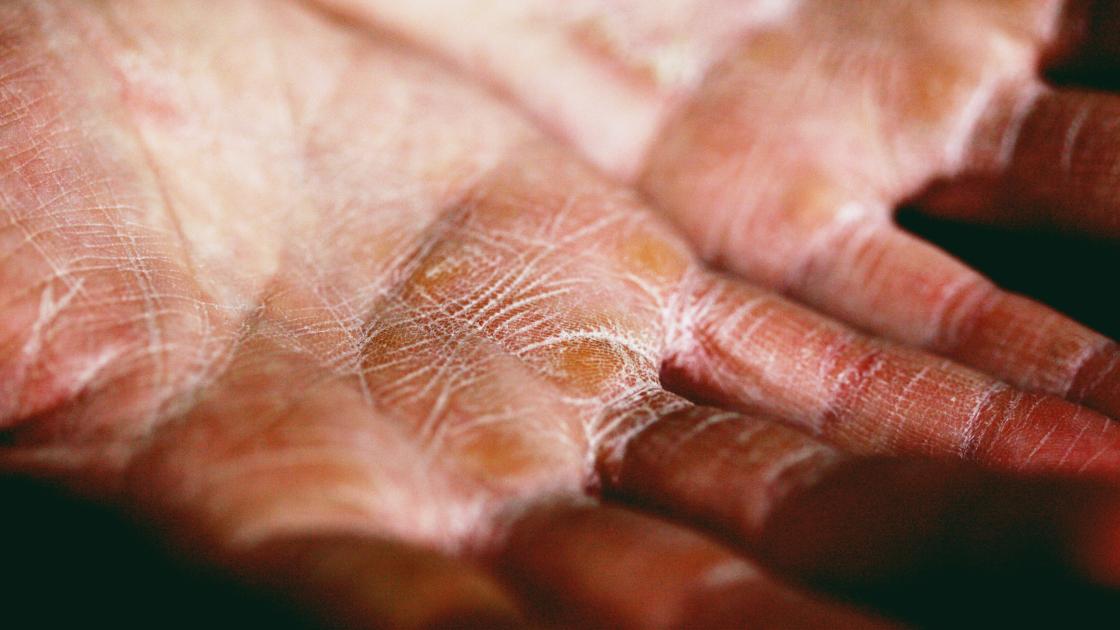
Gallbladder removal surgery: What to expect
Gallbladder removal surgery (cholecystectomy) is a procedure typically done to treat conditions associated with gallstones, such as gallstone-related pain (biliary colic) or gallbladder inflammation (cholecystitis). It is a relatively common procedure with as many as 700,000 operations performed each year in the United States.
If you are one of the thousands of people preparing for gallbladder removal surgery, you probably would like to know what to expect. Read on to learn more about what happens before and during this common procedure.
Before your appointment
If you've been told you may need your gallbladder out, you'll meet with a surgeon who will help decide if this is the best treatment for your specific condition and situation. If so, that surgeon will work with you to schedule the surgery.
Your preoperative appointment will likely be scheduled a few weeks before your actual surgery. Your medical team may run blood tests, get more images, go over your current medications, review your personal medical history, and spend some time educating you about:
- The risks and benefits of gallbladder removal surgery
- Which type of gallbladder removal surgery is right for you
- What you should bring on the day of your operation
- Things you can do to improve your recovery after your surgery
- What your expected post-operative course will look like
This preoperative appointment is a great opportunity for you to ask any questions you might have.
On the day of your surgery
By the time you arrive for your gallbladder removal surgery, you will likely have been fasting (not eating or drinking) for about 12 hours, per the instructions of your surgical team. This helps reduce the risk of complications while you're under anesthesia.
After getting checked in, you'll be taken to a private area where you can change out of your clothes and put on a hospital gown. You'll also get a chance to meet with your surgical team, including the surgeon, anesthesiologist and nurses.
Next, you'll be brought to the operating room and put under general anesthesia so you won't feel anything while the surgeon operates.
What happens next depends on which type of gallbladder removal surgery you'll be getting: minimally invasive or open cholecystectomy.
Minimally invasive (laparoscopic) cholecystectomy
During a minimally invasive laparoscopic cholecystectomy, your surgeon makes a few small incisions in your abdomen. Through one of these incisions, the surgeon inserts a tiny lighted camera (laparoscope). This camera captures video of the inside of your body, which is transmitted in real time to a monitor in the operating room. Your surgeon watches the video monitor for guidance as they remove your gallbladder with their surgical tools, which are inserted through the other incisions in your abdomen.
Once your gallbladder is removed, your surgeon will close your incisions with suture. The entire procedure usually takes less than two hours. Afterwards, you'll be brought to a recovery area where your medical team can monitor you closely. Most people who get laparoscopic cholecystectomies can go home on the day of their surgery.
Compared to the traditional technique, minimally invasive gallbladder removal surgery has a lower risk of complications and a faster recovery time. However, this type of procedure isn't right for everyone, and sometimes a surgeon might start a laparoscopic cholecystectomy and discover that an open cholecystectomy is necessary. This might happen if you have a lot of scar tissue in your abdomen or if your surgeon is unable to see your gallbladder with the laparoscope.
Traditional (open) cholecystectomy
While rare these days (less than 5% of all gallbladder removals) a traditional or open cholecystectomy may still necessary is some circumstances. For this procedure, the surgeon makes a larger incision on your abdomen (about six inches long). Using their surgical tools, your surgeon will remove your gallbladder, then close the incision, typically with skin staples.
An open cholecystectomy also takes about one to two hours. Because it's more invasive, you'll likely have to stay in the hospital for a couple days and usually have a lifting restriction for one to two months.
Post-operative care
No matter which type of gallbladder removal surgery you have, your medical team will be sure to review everything you need to know to recover well after your procedure. This will include a strategy for pain control, activity instructions, and how to care for your incisions.
Do you need to have your gallbladder removed?
Call SIU Medicine at 217-545-8000 to learn more about treatment options for gallbladder problems, or to speak with our surgical team.




